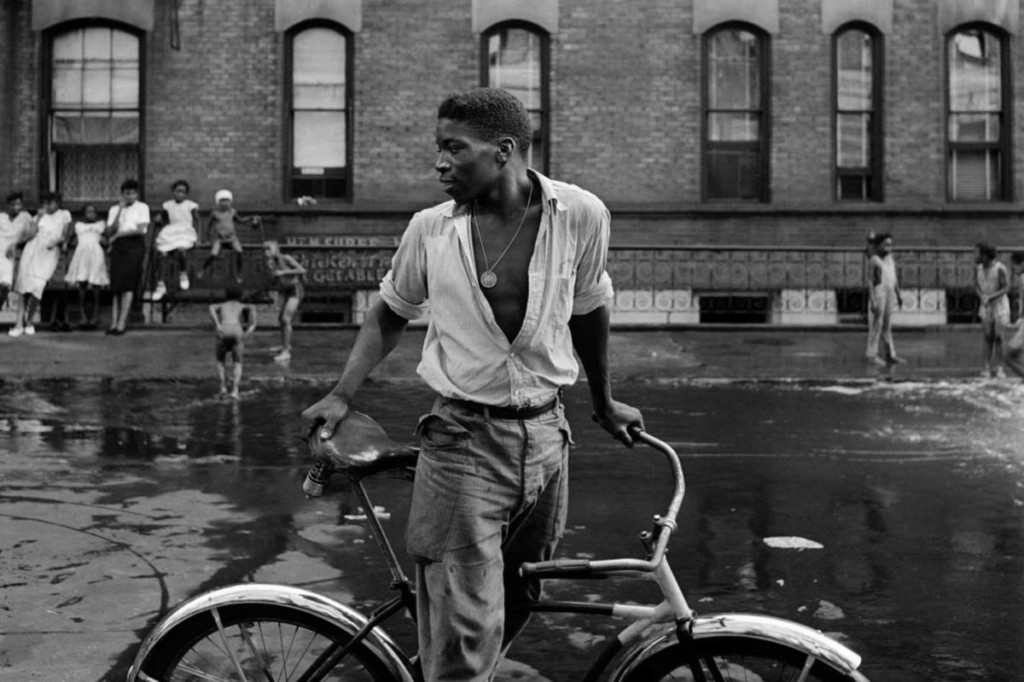Framing Streets - Questions
Table of ContentsThe 7-Minute Rule for Framing StreetsThe Ultimate Guide To Framing StreetsSome Known Incorrect Statements About Framing Streets All About Framing Streets

Both at the Museum of Modern Art (Mo, MA). Inspired by Frank, in the 1960s Garry Winogrand, Lee Friedlander and Joel Meyerowitz began photographing on the roads of New York. Phil Coomes, writing for BBC News in 2013, said "For those of us interested in street photography there are a few names that stand apart and one of those is Garry Winogrand"; movie critic Sean O'Hagan, creating in in 2014, said "In the 1960s and 70s, he specified road photography as a mindset along with a design and it has laboured in his shadow ever before because, so definitive are his pictures of New York." Going back to the UK in 1965 from the United States where he had actually satisfied Winogrand and taken on street digital photography, Tony Ray-Jones turned a wry eye on typically unique collections of British individuals on their holidays or participating in celebrations.
Street digital photography is a vast category that can be specified in many means, but it is commonly characterized by the spontaneous recording of an unrepeatable, fleeting moment, usually of the everyday going-ons of complete strangers. It is typically fired with broader angle lenses (e. g. 35mm) and usually features metropolitan settings.
Framing Streets Things To Know Before You Buy
Documentary photographers normally have actually a defined, premeditated message and an intention to record particular events in history (https://www.pageorama.com/?p=framingstreets1). The range of the docudrama method incorporates facets of journalism, art, education and learning, sociology and background. In social investigation, docudrama photos are frequently intended to prompt, or to highlight the requirement for, societal modification
Road digital photography is usually seen as unposed and candid, but there are a couple of road photographers that connect with unfamiliar people on the roads and take their portraits. Street pictures are unplanned portraits taken of unfamiliar people while out doing street photography, nonetheless they are viewed as presented because there is communication with the topic.
Photographing people and places in public is lawful in the majority of countries securing freedom of expression and journalistic freedom. There are typically limits on just how photos of individuals may be made use of and most countries have particular laws relating to people's personal privacy.
All About Framing Streets
While the common-law provinces comply with the UK, relative to the freedom to take photos in a public area, Quebec regulation offers that, in the majority of conditions, their magazine can take area only with the consent of the subjects therein. The European Union's Civil rights Act 1998, which all EU nations have to promote in their residential law, develops in a right to personal privacy. The right to personal privacy is safeguarded by Write-up 8 of the convention. In the context of digital photography, it stands up in arms to the Write-up 10 Of freedom of expression. Courts will normally take into consideration the public passion in stabilizing the rights through the legal examination of proportionality. While likewise limiting photography in order to secure personal privacy legal rights, street photography can still be legal in France when pursued as an art type under specific circumstances.

. who simply roamed right into a scene), or that are not even well-known in the picture. https://typhoon-dinghy-f4c.notion.site/Framing-Streets-Mastering-the-Art-of-Street-Photography-7902cfb0b0a245919a9be5c8725db988?pvs=4. It likewise does not normally include people who are public figures (e. g - Street photography. politicians or stars). If a photo is taken into consideration art, the courts will certainly also consider the digital photographer's flexibility of artistic expression; indicating that "artful" street digital photography can still be lawfully published in particular situations
Framing Streets Can Be Fun For Everyone
Photographing the authorities and releasing the pictures is also lawful.
In Hungary, from 15 March 2014 any person taking pictures is practically damaging the regulation if a person wanders right into shot, under a brand-new civil code that forbids taking photos without the consent of everyone in the photograph - 50mm street photography. This broadens the legislation on grant include the taking of photographs, in addition to their magazine
'Concealed photography' (kakushidori hidden, pop over here surreptitious photography) 'swiped digital photography' (nusumitori without any objective of getting approval) and "rapid photography' (hayayori before approval and rejection can be given) are restricted unless in the previous consent is acquired from the subject quickly after taking the image. People have civil liberties to their pictures (shzken, droit de image).